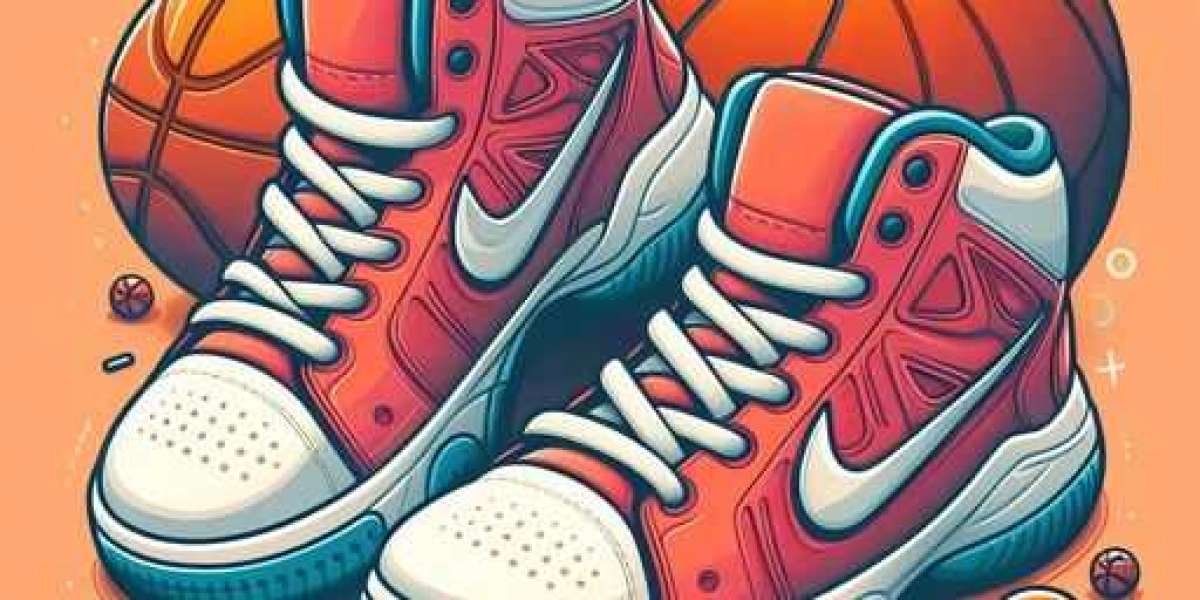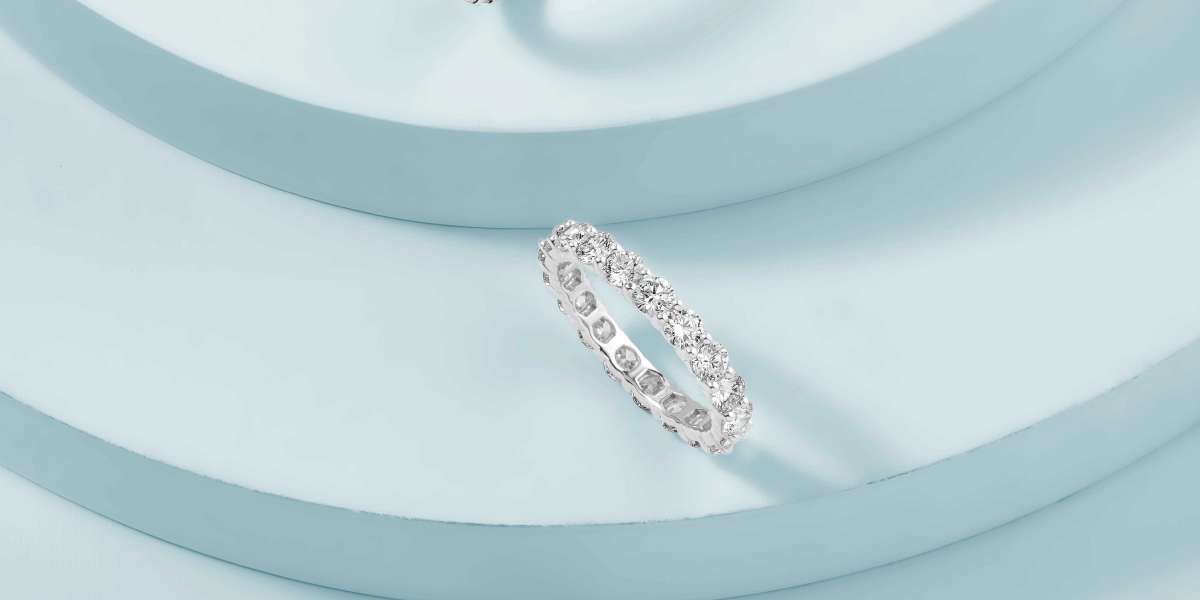#Football: The Power of Studs
While purchasing football shoes, there are a few specific things to keep in mind. Since the majority of football games happen on either mud, grass, or turf, traction is paramount. Thus, players need to have football shoes that are stable on the ground, providing stability and grip in dynamic movements. This is where studs shine.
Studs, usually made of plastic or metal, penetrate the ground, which leads to vast points of contact with the playground, facilitating proper covering of the player's weight and preventing slipping. The playing ground influences the length and other factors of the studs along with the player's position. For instance, longer studs are the best options when it comes to muddy playgrounds, while skill position players may opt for shorter studs to facilitate quicker cuts and movements.
The science behind studs lies in their capacity to build friction with the ground. The stud is designed in a way to grip the ground as soon as the player sets the foot, resisting lateral forces and providing the necessary traction for acceleration, deceleration, and changes in direction. Effective weight management is facilitated by the clever gap between studs in football shoes, minimizing the risk of slipping or losing balance during rapid movements.
#Basketball: The Art of Traction Patterns
In contrast to football, basketball games happen on hard surfaces, especially indoors. As such, basketball shoes do not opt for studs to facilitate effective penetration of the ground. Instead, traction patterns on the outsole are cleverly manufactured to scale surface contact and friction on smooth, flat surfaces.
The success of traction patterns in basketball shoes lies in a careful balance of grip and maneuverability. The outsole of the basketball shoes usually comes with a variety of patterns, including herringbone, hexagonal, or multidirectional grooves, effectively placed to improve traction during multidirectional movements like cuts, crossovers, and pivots.












